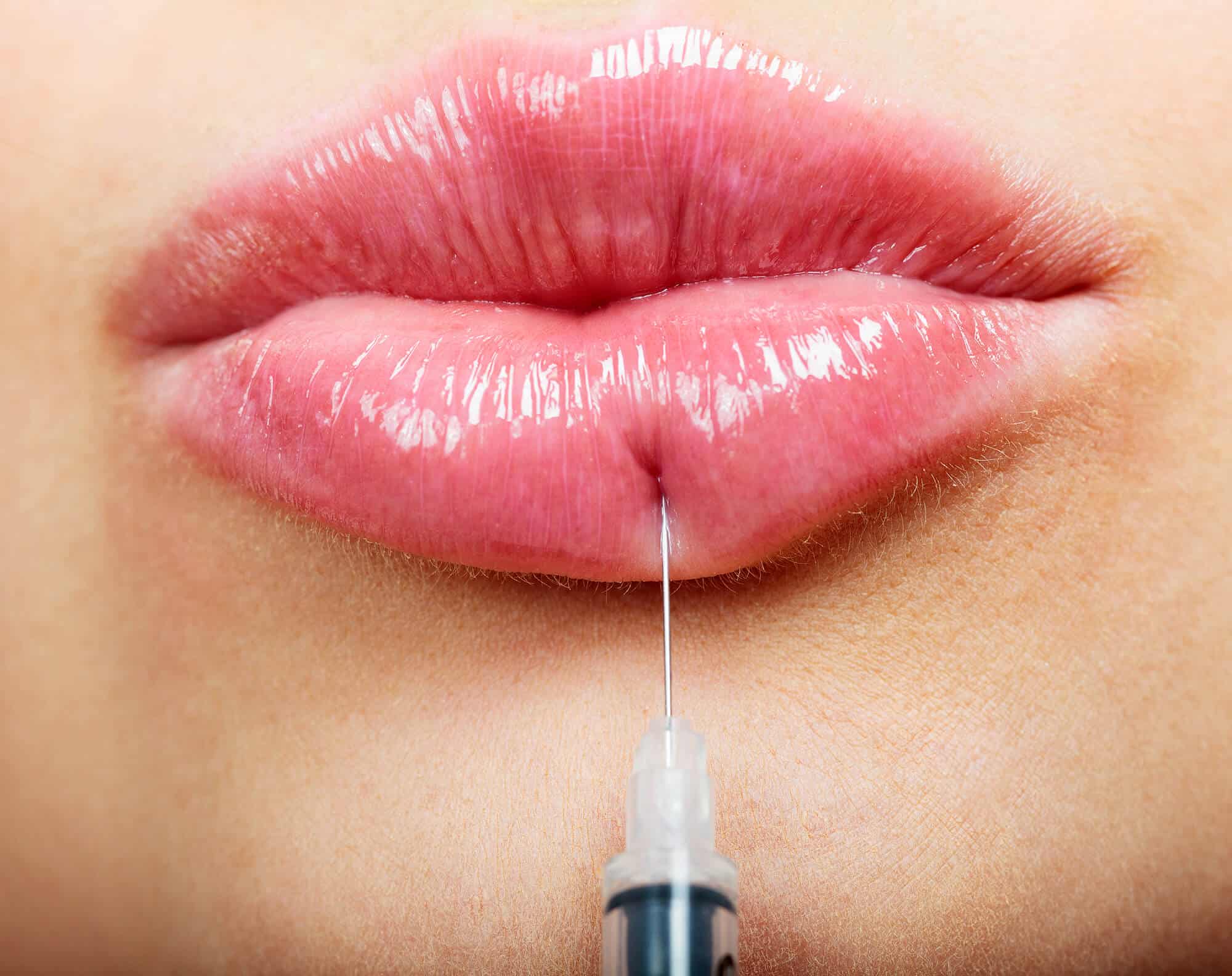
The experience of undergoing a cosmetic procedure, particularly one as visible as lip filler augmentation, often culminates in a period of necessary and intentional post-treatment care. The desired outcome—subtle, natural-looking volume and contour—relies not just on the injector’s skill but, perhaps more critically, on the patient’s disciplined management of the inevitable post-injection sequelae. Immediate swelling and the occasional ecchymosis, or bruising, are not complications but rather the body’s predictable inflammatory response to the needle’s passage and the physical introduction of the hyaluronic acid gel. A truly fast and smooth recovery pivots on reducing this inflammatory reaction swiftly and preventing any external forces from compromising the delicate placement of the newly integrated filler material. This demands a proactive approach, starting moments after leaving the clinic, focusing intensely on environmental control, physical limitations, and dietary adjustments that might otherwise exacerbate the temporary side effects and prolong the period before the true, settled result can be appreciated. Ignoring these nuanced, often counter-intuitive instructions can lead to a recovery process that is protracted, uncomfortable, and risks a suboptimal aesthetic conclusion, making the patient’s commitment to the aftercare regimen the most significant variable in the entire procedure’s success.
Immediate swelling and the occasional ecchymosis, or bruising, are not complications but rather the body’s predictable inflammatory response to the needle’s passage
One of the most effective, yet frequently underutilized, tools in mitigating the immediate post-procedure inflammatory cascade is the strategic application of cold therapy. Immediately following the injections, the lips are in a state of localized trauma, and the tiny blood vessels are prone to leakage, which contributes significantly to swelling and bruising. Applying a clean, cold compress, or an ice pack wrapped in a soft cloth, intermittently for the first 24 to 48 hours acts as a powerful localized vasoconstrictor. This chilling action reduces blood flow to the treatment area, thereby minimizing the volume of inflammatory fluid accumulation and diminishing the degree of internal bleeding that manifests as bruising. However, the application must be intermittent—typically for ten to fifteen minutes every hour—to avoid damaging the skin or blood vessels from excessive cold exposure. This initial period is non-negotiable for cooling the area down and setting the stage for a calmer healing trajectory.
Applying a clean, cold compress, or an ice pack wrapped in a soft cloth, intermittently for the first 24 to 48 hours acts as a powerful localized vasoconstrictor
Beyond localized thermal management, the body’s fluid dynamics play an often-overlooked role in the intensity of post-filler swelling. The hyaluronic acid used in most modern lip fillers is a hydrophilic molecule, meaning it actively attracts and binds to surrounding water molecules. While staying well-hydrated by drinking ample water is universally beneficial for overall health and for supporting the filler’s long-term volume retention, the dietary intake of sodium must be carefully moderated in the immediate days following the procedure. High-sodium foods encourage water retention across the body, and this systemic effect can translate directly into amplified swelling in the lips, which are already in a hyper-sensitive, fluid-attracting state. Temporarily reducing salt intake for the first 48 to 72 hours ensures that the water-binding capacity of the filler material does not lead to excessive, uncomfortable, and long-lasting edema. Simultaneously, integrating foods known for their anti-inflammatory properties, such as fresh pineapple containing the enzyme bromelain, can provide a subtle, supportive dietary boost to the body’s natural healing mechanisms.
High-sodium foods encourage water retention across the body, and this systemic effect can translate directly into amplified swelling in the lips
Protecting the physical integrity of the injection sites and the underlying settled filler material is paramount, demanding a period of meticulous oral and physical restraint. Any action that places undue pressure on the lips or involves repetitive muscular motion must be scrupulously avoided for at least the first two days. This means absolutely no aggressive kissing, no massing or rubbing of the lips unless specifically instructed by the practitioner, and a temporary ban on using straws. The sucking motion required to use a straw, as well as the action of smoking, creates a negative pressure vacuum and a puckering force that, in the critical hours before the filler fully settles into the surrounding tissue matrix, can mechanically displace the gel or exacerbate swelling. Patients should consciously sip from a glass and avoid intense facial expressions, recognizing that filler integration is a process that requires a static, protected environment for optimal contour preservation.
Any action that places undue pressure on the lips or involves repetitive muscular motion must be scrupulously avoided for at least the first two days
The first few nights of sleep are particularly critical, as unconscious movements can inadvertently undermine the careful work performed during the procedure. To assist the natural process of fluid drainage and to prevent the increased accumulation of fluid in the facial tissues that commonly occurs when lying flat, patients should strive to sleep with their head slightly elevated. Propping up the head with extra pillows ensures that the lips remain above heart level, a simple gravitational principle that can significantly reduce morning-time swelling, which is often the most pronounced. Furthermore, conscious effort must be made to sleep on one’s back, thereby preventing the facial pressure that results from sleeping on the side or stomach. This direct contact with a pillow can not only aggravate swelling but also potentially compress the newly placed filler, creating asymmetrical settling or introducing irritation to the still-healing micro-punctures.
Propping up the head with extra pillows ensures that the lips remain above heart level, a simple gravitational principle that can significantly reduce morning-time swelling
A swift recovery is also heavily dependent on temporarily eliminating factors that encourage vasodilation, or the widening of blood vessels, which directly contributes to increased blood flow, swelling, and the risk of further bruising. For a minimum of 24 to 48 hours, all forms of intense heat and vigorous exercise must be curtailed. This includes abstaining from hot yoga, saunas, steam rooms, extremely hot showers, and sunbathing. Simultaneously, any activity that significantly elevates the heart rate and blood pressure, such as strenuous workouts or heavy lifting, should be replaced with light walking. The temporary suppression of these activities is essential to keep the localized inflammation response minimized and to allow the treated area to begin its repair process in a calm, cool state. Reintroducing these activities gradually and based on the diminishing of visible swelling is a far wiser strategy than pushing the body too soon.
For a minimum of 24 to 48 hours, all forms of intense heat and vigorous exercise must be curtailed
Equally vital to managing internal factors is the rigorous control of external chemical and systemic influences. For several days before and after the procedure, patients are often advised to temporarily discontinue any over-the-counter medications or supplements known to thin the blood, such as aspirin, ibuprofen, fish oils, and Vitamin E. These agents impede the body’s natural clotting process, leading to greater bleeding at the injection site and, subsequently, more pronounced bruising. In the post-treatment period, the consumption of alcohol, which also acts as a vasodilator and a blood-thinner, should be avoided for at least 24 to 48 hours for the same reasons. The goal is to allow the tiny vessels compromised during injection to seal fully and efficiently without chemical interference, thereby reducing the visible signs of trauma and accelerating the appearance of a settled, finalized result.
For several days before and after the procedure, patients are often advised to temporarily discontinue any over-the-counter medications or supplements known to thin the blood
Finally, attention to the surface cleanliness and topical application is non-negotiable for infection prevention and maximizing comfort. It is highly recommended to forgo the use of lipstick, lip gloss, or any other cosmetic products directly on the lips for at least 24 to 48 hours to minimize the risk of introducing bacteria into the microscopic injection sites, which are essentially open portals during the initial healing phase. When cleansing the face, only a mild cleanser should be used with a gentle, patting motion around the mouth, avoiding any abrasive scrubbing or aggressive movements. As the skin begins to heal, the use of a simple, hydrating balm without any irritating ingredients like menthol or harsh fragrances can provide comfort and support the mucosal barrier function, which is temporarily compromised. This meticulous surface care minimizes the risk of irritation that could trigger additional localized swelling.
When cleansing the face, only a mild cleanser should be used with a gentle, patting motion around the mouth, avoiding any abrasive scrubbing or aggressive movements
In summary, the speed and comfort of lip filler recovery are fundamentally tied to a strict adherence to a multi-faceted aftercare plan. It is a period where the patient must become an active steward of the healing process, prioritizing rest, temperature control, and physical non-interference over the impatience to see the final aesthetic result. The commitment to these seemingly minor restrictions ultimately dictates how quickly the temporary post-injection effects subside, transforming the initial puffiness and mild discoloration into the smooth, defined contour that was the goal of the entire procedure. The true measure of success is not just the immediate effect upon leaving the clinic, but the unblemished settling of the filler in the days that follow.
